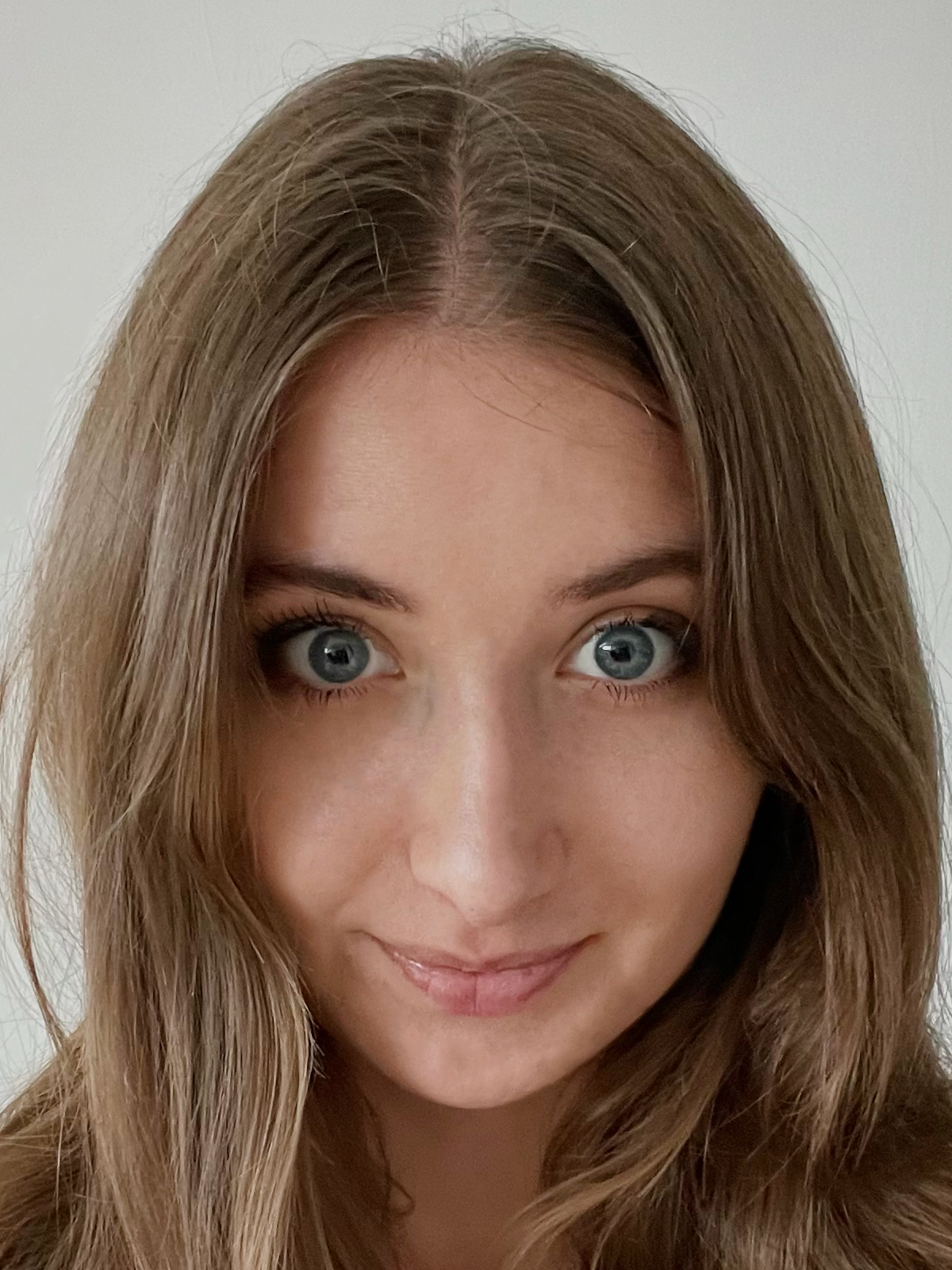Column
ColumnFungible content and mutual attunement: from Japan to Wrocław
Growing up in Wrocław, Poland I always felt like the city is driven by fascinating people and their captivating need to spread artistic energy and incessantly expand their horizons. I observed the verity of motivated organizers, but also the vibrant involvement of gathering crowds of listeners and viewers. What was the most amusing to me, was seeing people from all around the world, visiting Wrocław to join the life of the city not only as an audience, but also as artists themselves. I always knew that the field of contemporary art is the closest to me, soon to find out, that media art is something I want to explore the most. I was curious of people using newest technologies in so many unusual and gripping ways and, by doing that, exploring absolutely fascinating capabilities I would have never thought of.
After joining WRO Art Center’s team I have received an opportunity to stand on the organizers side of an event as big and complex as the 20th edition of WRO Media Art Biennale that took place in 2023. Knowing the long and prideful history of one of the biggest media art forums in Europe dating back to 1989, I felt honored and excited. The prideful amount of eighty pieces of over seventy artists from all over the world were presented in fourteen different cultural venues in my city. The leading thought of the edition was to share and negotiate the symbolic content between artists, audience and technology by striking up a conversation on different levels and ‚attuning’ to one another. We started using the very specific word ‚attunement’ at the early stages of planning the project, feeling it is the most precise to describe what we want to achieve. We interpreted it as developing mutual harmony and understanding the reactiveness and bonding that occurs while interacting with other people, but also the still puzzling technology. From my perspective it was the works and the presence of Japanese representatives what illustrated the leading thought the most relevantly. During their relatively short stay they’ve impacted the perception of the whole event in various different ways and their innovative pieces were provoking discussions long after their flight back.

Willing to describe my experience I am going to start with Shota Yamauchi and his performative piece: The Dancing Princess. I’ve first had an opportunity to meet the artist few days before the opening, when most of creators were arriving in Wrocław to set everything up before the big date. However I’ve heard of him long time before, because I knew he was about to show his works during WRO Biennale for the third time. The bond between him and senior team members was noticeable at the first glance. The Dancing Princess was performed six times during the Opening Days in Grotowski Institute: Laboratory Theatre by three different polish students from National Academy of Theatre Arts in Krakow (branch in Wrocław), who successfully cooperated with Japanese author. The work itself was an exploration of romance between human and technology. To me, the figure of gigantic gorilla and it’s skin becoming somehow mutual with the skin of the performer on the other side of the screen felt extremely hypnotizing and thought-provoking. I saw the three of the performances and if not the limited time, I would’ve seen even more. And I know I was not the only one because each time the audience size was bigger than expected.

Daisuke Ishida and Ken Furudate came to Wrocław as representatives of The Sine Wave Orchestra to show A Wave in IP Studio. As a young person I found their work extraordinarily meaningful as it raised the subject of media consumption and users overstimulation. Surprisingly, viewing a giant screen with pulsating image and hearing the mixing sounds I didn’t feel jaded — on the contrary: for some reason it made me feel calm and relaxed. But the piece itself wasn’t the only thing that I’m going to remember with regard to The Sine Wave Orchestra’s stay in Wrocław. One of the activities I was involved in during the opening days was conducting short artist talks for WRO Art Center’s documentation. I found it very interesting that the two authors couldn’t agree on who is their piece dedicated to. One of them said in his vision the target group is not restricted at all, while the other one claimed he is dedicating the piece to that specific person who can relate to his personal feeling the work raises in him. I felt like what he was referring to resonated extremely well with the idea of fungible content and attuning. What made it even more special was that the second response was provided in artists mother language so I figured out the meaning after consulting the translator.

Reading the description of the third project of Japanese authors for the first time I found it abstract and gripping at the same time. However, after seeing Kazokutchi at Geppart Gallery I immediately understood its complexity and innovative character. An all-embracing civilization: houses, families and generations of artificial lives made me question the subject of society, that can soon reach completely new level due to technical development. The exhibition opening took place at 10th of May and that’s when three authors: So Kanno, Takemi Watanuki and Akihito Kato explained their idea to the audience, and I am absolutely convinced I wasn’t the only one who was left with a very strong impression. Later, I had an opportunity to show the work to visitors myself and provide them with my own interpretation what launched an absorbing discussion.
The 20th WRO Media Art Biennale turned out to be not only successful but also multi-dimensional and pleasantly surprising and I strongly believe that artworks as well as presence of Japanese artists had a significant contribution to it. For me, being part of hosting team was an unforgettable and enlightening experience.








